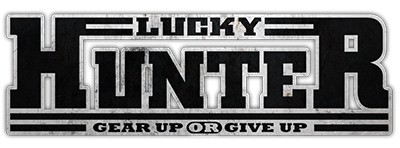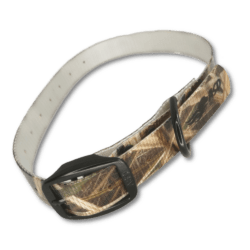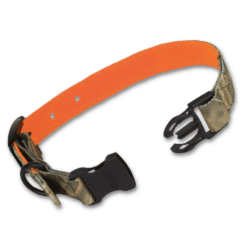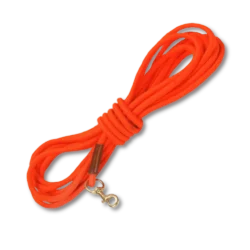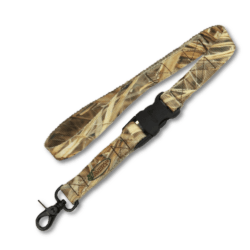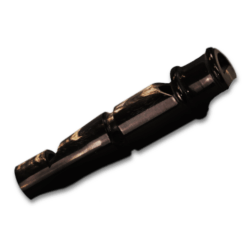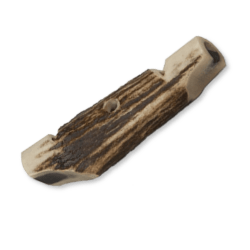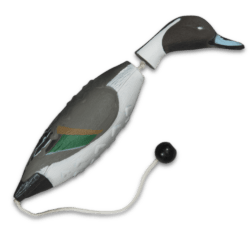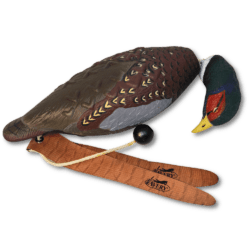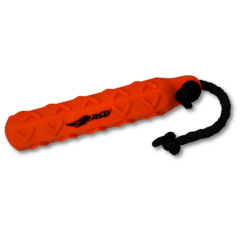Retrieving is important
When acquiring a puppy that is to become a hunting dog, there are many things that needs to be trained. One of the most important is that the dog must be trained to retrieve the shot game.
Therefore, we have put together this guide, which takes you through some basic thoughts and retrieval exercises. The guide is intended for the early training of puppies, which often takes place in or around the home. This training is very important, as it helps to shape the dog’s behavior and actions in the future.
We wish you good reading and good luck with your new puppy.
The training starts as a game
in principle retrieval training can be started as soon as the puppy has settled into his new home. However, it is important to point out that training with such young dogs should always be fun. The puppy needs to think of it as playing. When the puppy loses interest in the game, stop the “training” until the puppy is motivated again.
Before starting the game with the puppy, it is important to remember that hunting dogs are bred based on their instincts. This means that hunting dogs have been bred based on their instinct to hunt the prey and bring it home to the cave. This instinct is what you need to stimulate in your training.
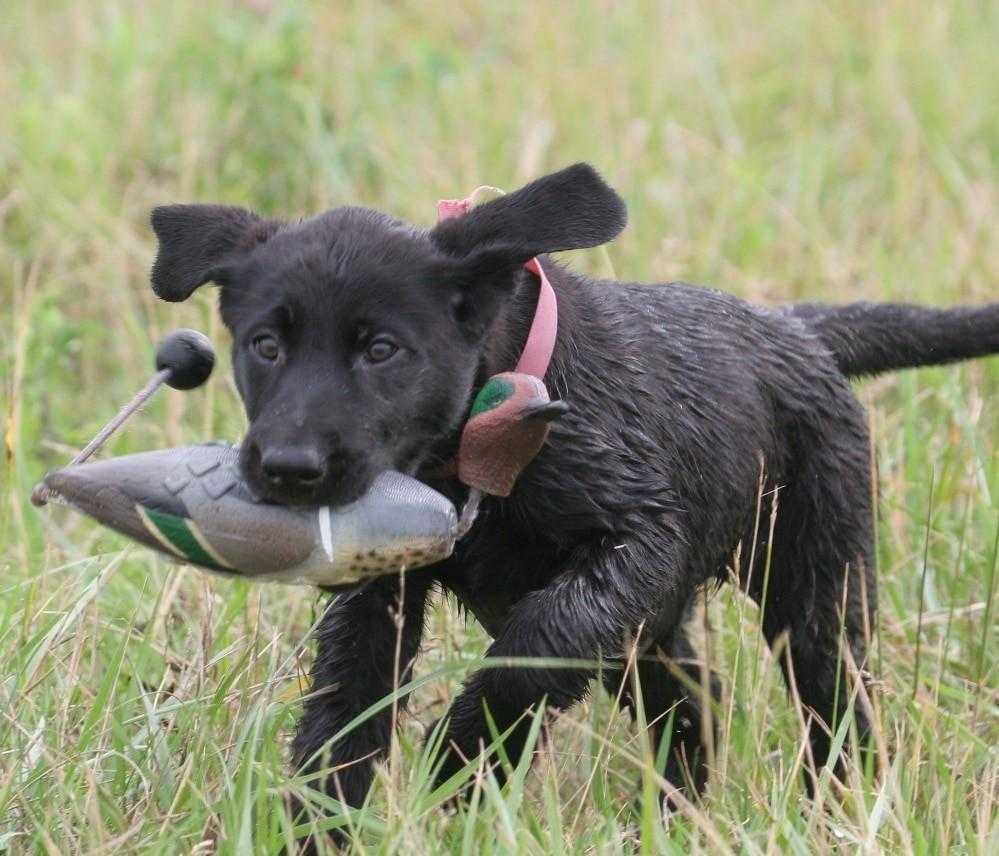
Rules and basic ideas
As mentioned, you can start training as soon as the puppy has settled into its new home. But before we get to more concrete exercises, it is important to learn and remember these basic rules.
Remember to praise the puppy
The first and very important rule is to praise the dog – a lot! It is super important to praise the puppy when it comes back with something for you. It is important that from day one, it is aware that the best thing in the whole world is to bring the “prey” to you. However, it is also important that you find out which remedies / toys you want to train the puppy with. The puppy should not think that it is doing a good job if it brings you shoes or the toilet roll, etc. However, do not get angry at the puppy if it brings you a shoe or similar. You actually have to praise it, and then make sure it can not get to the shoes a second time.
It is a good idea to choose one or two toys that you use for the training every time, so that the dog gets use to that. For that reason, many dogowners get 2 identical dummies or balls for training purposes
Make it worth it for the puppy
The second rule is, that it should be worth it for the puppy to train with you. Therefore, only start playing or training when you have time to complete at a proper pace. If you stop the game prematurely, the puppy will seek its natural instinct, and run with the prey on its own. This is not desirable in a training situation.
You dont need to spend hours training with the dog, but just be aware that you have time to complete the training session successfully.
-
Product on saleAvery Collar Cut-To-Fit – BladesOriginal price was: €18.00.€13.00Current price is: €13.00.
-
Avery Dog Collar – Reversible€19.99
-
Avery Floating Dog Leash€39.00
-
Product on saleAvery Trainers Lead – CamouflageOriginal price was: €17.00.€11.00Current price is: €11.00.
Be careful not to overstimulate the puppy
The third rule is that the puppy must not be overstimulated during the training, as it then loses focus on the task. Therefor the training should take place on the dog’s premises. If you see that the dog is starting to lose focus, then it is time to stop the training. After some time you will have a good idea on how long you can train with the dog without it being overstimulated.
A really good idea is to train “a little but often”. Train every day, but just make 3-4 successful retrievals a day. You should plan the training to take place when the puppy is well rested. If it has just been out exercising in the garden or similar, the energy and focus will be lacking right from the start.
Another really good thing is to train in a closed area so that the puppy does not end up being distracted by things around it. For example, you may have a utility room, hallway or other enclosed (preferably long and narrow) room with plenty of space to play with the dog. If you want to train outdoors, it is a good idea to set up a small bit of fence, and form a “long and narrow area” for the purpose.
Start out with “small” retrieval exercises
When you train with your puppy, there is no point in making the exercises too difficult. Start by sitting down on the floor and throw the selected toy or dummy, quite a short distance away from you (1-2 meters). Make sure that the puppy has contact with you at all times. Gently hold the puppy so that it does not run off, but release it as soon as the dummy lands on the ground.
As soon as the puppy takes the dummy in its mouth, call it back to you. Remember to praise a lot throughout the situation. Use a friendly and gentle tone of voice that the dog will find comfortable. Also remember to praise the puppy physically, by letting it come up to you and cuddling with it. After a short time, you can use a dog whistle when you call the puppy back. In this way you train both retrieval and “recall” at the same time.
-
Dog Whistle – Buffalo 7 cm€9.00
-
Dog Whistle – Stag horn 7 cm€20.00
-
Product on saleDog whistle – Buffalo 8,5 cmOriginal price was: €10.00.€9.00Current price is: €9.00.
Train “retrieve to hand”
It is important that the dog learns that everything must be retrieved directly to your hand. So never throw a new dummy until the first one has been deliverd to your hand. When this is trained into the puppy, the risk of later errors is minimized. This is best done by helping the puppy in the beginning.
When the puppy comes back with the dummy, make sure to help it by holding your hand under it. This is done to make sure the dummy lands in your hand, even if the puppy drops it to early. This way you create a successful experience which the puppy remembers quite quickly. Now you can throw the second dummy in the opposite direction. That way the puppy finds out that a new game begins, when it brings the first dummy to your hand.
Remember that you should rather train often and a little. So keep an eye on the puppy’s reactions during training.
If the puppy chooses to run around with the dummy, instead of bringing it to you, it is time to stop the game. This means that the puppy’s close to beeing overstimulated.
Choice of Dummy
For small puppies
For the first part of the training, where the puppy is still very small, be aware that the dummy is not too big and heavy. The puppy must be able to retrieve the dummy, without losing it during the return run. In addition, the dummy should preferably be soft so that the puppy does not learn that the game must be “squeezed”. It must therefore be able to hold the dummy with a minimal jaw pressure.
In the beginning, you can easily train the puppy with a rolled-up sock, or a sock with a sponge in it. In fact, these solutions are quite suitable, as they comply with the above requirements, for an easy-to-handle dummy. Of course, there are also dummies made for puppies on the market. So if you do not want to waste a pair of socks, you can easily find good alternatives.
For bigger puppies
Once the puppy gets bigger and the basic exercises are in place, you can find a larger dummy to train with. The dog needs to get used to retrieving game with a certain weight.
You should choose a dummy that suits your breed of dog and the training you want to do with it. For example, a floating dummy, with a loose hanging head, is a really good idea for retrievers, that needs to retrieve on water. With a dummy like that, the dog will get the feeling of having a dead bird in its mouth. The head on the dummy will dangle, and make it feel like a dead duck or pheasant. In addition, a floating dummy also provides the opportunity to train on water, when the dog is ready for it.
A Canvas dummy, on the other hand, offers the opportunity to train retrieval on land. The smart thing about canvas dummies is that you can add scent to the dummy , as the smell sticks to the fabric longer. You will find concentrated game scent here
There are many ways to do it
It is important for us to say that a hunting dog can be trained to retrieve, in an infinite number of ways. So of couse you should always train your dog so it makes sense to you. What we have described here are just some basic principles and exercises in retrieval that we know can work really well. Especially in the early training.
If you want to know more about the further retrieval training you can read this article

